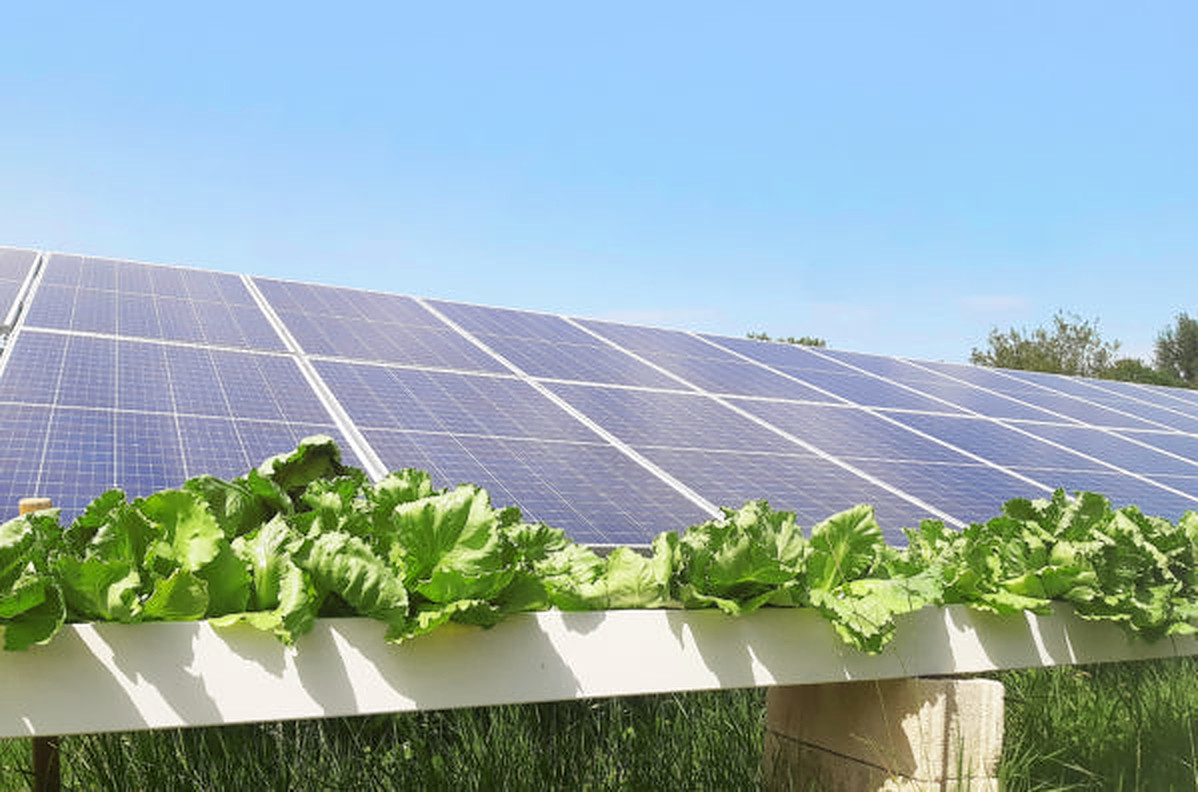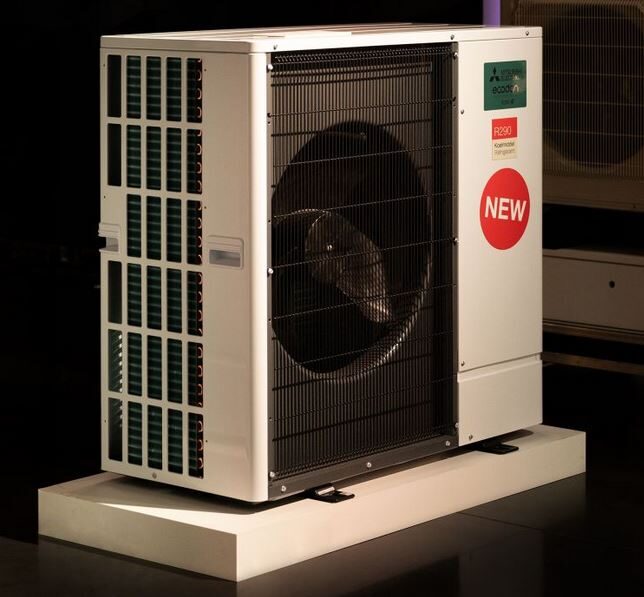From pv magazine France
Renewable energy developer Q Energy France and aquaponics specialist Aquacosy have unveiled a pilot PV system linked to hydroponic cultivation in the town of Montauban in the French department of Tarn et Garonne.
Hydroponic farms grow crops that do not use soil and utilize mineral nutrient solutions in an aqueous solvent, usually in greenhouses or closed spaces. They consist of an above-ground cultivation system in which the plants develop with their roots in water enriched with natural and bio-sourced nutrients with the use of biological control.
The hydroponic farm has an area or around 250 m² and is connected to a PV system with an installed power of 9.3 kW equipped with a hydraulic system with two rainwater recovery gutters. Thus, the rainwater that flows over the panels is collected in a basin, thus allowing continuous irrigation of the plantations thanks to its closed circuit water pump system in order to preserve water resources.
The system, comprising hygrometry sensors, sondes and a pump, is entirely powered by solar energy and was designed according to a protocol approved by the French National Centre for Scientific Research (CNRS).
“The prototype presents very encouraging initial results both in terms of yield of agricultural production and lengthening of production seasons thanks, in particular, to strong protection against wind and frost,” the companies said in a joint statement. “In addition, it can be installed anywhere, preferably on land with very low agronomic value. It has no negative impact on the environment, and makes it possible to grow 100% natural, diversified and dense production in five to 15 times less space.”
For the next step, the partners are looking for land for a larger project, and hope to demonstrate these same benefits for agricultural production. “This is an ideal tool for territories wishing to set up short food and energy circuits while promoting the creation of agricultural jobs,” said Céline Spitzhorn, solar director of Q Energy France.
A Chinese-Qatari research group recently assessed the potential of integrating PV power generation with hydroponic farms in greenhouses or closed spaces. The scientists investigated, in particular, how a multi-period, electricity-intensive hydroponic crop production system may be coupled to a PV system under different incentive policies, such as feed-in tariff (FIT) programs, rebate schemes, net metering and improving electricity tariff (IET) mechanisms, which consist of simply raising electricity prices for consumers or reducing existing subsidies.
This content is protected by copyright and may not be reused. If you want to cooperate with us and would like to reuse some of our content, please contact: editors@pv-magazine.com.




1 comment
By submitting this form you agree to pv magazine using your data for the purposes of publishing your comment.
Your personal data will only be disclosed or otherwise transmitted to third parties for the purposes of spam filtering or if this is necessary for technical maintenance of the website. Any other transfer to third parties will not take place unless this is justified on the basis of applicable data protection regulations or if pv magazine is legally obliged to do so.
You may revoke this consent at any time with effect for the future, in which case your personal data will be deleted immediately. Otherwise, your data will be deleted if pv magazine has processed your request or the purpose of data storage is fulfilled.
Further information on data privacy can be found in our Data Protection Policy.